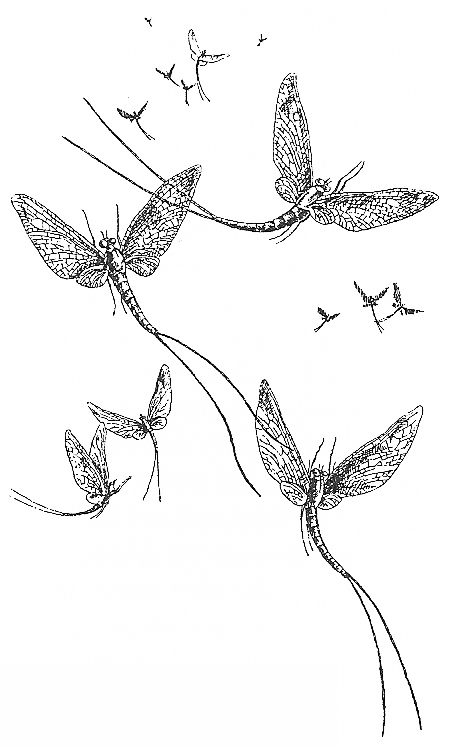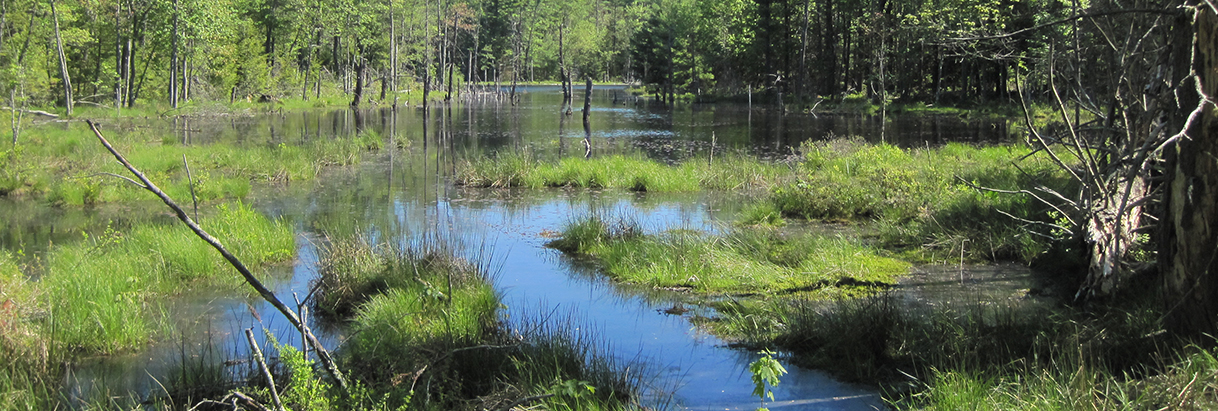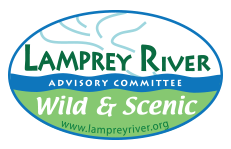Yes! Overall, the river is rated as Class B: fishable and swimmable. But please note the following:
The river is not a public swimming area; the State of New Hampshire does not conduct daily or weekly bacterial safety tests as it would at a public beach. To be safe, you should assume that the water might contain bacteria that could cause illness if swallowed. After contact with river water, it is always a good idea to rinse with fresh water, especially if you get river water in your mouth, nose, or eyes. Assume that bacterial levels will be higher following rain.
As of Decemebr 2024, there are two issues to note:
Moonlight Brook where it empties into the Lamprey River at Schanda Park in Newmarket has a history of unsafe levels of fecal bacteria. Newmarket and NHDES are investigating the cause, but a solution to the issue will take time to resolve.
In addition, the tidal portion of the river (from Macallen Dam to Great Bay) sometimes does not meet standards for dissolved oxygen during the heat of summer. This makes the water unhealthy to fish and shellfish that need to get oxygen from the water, but this is not a direct hazard to humans.
As in all rivers and lakes in New England, freshwater fish accumulate toxic mercury that falls from the sky as a result of the burning of fossil fuels, garbage, and medical waste. Consumption of freshwater fish should be limited according to guidelines provided by the NH Fish and Game Department. https://www.wildlife.state.nh.us/fishing/consume-fresh.html. Remember, a license from NH Fish and Game is required for fishing.
The following reports are a summary of water quality testing in the
Lamprey River for the past 20+ years:



